Both are sport summer tires giving an outstanding performance on highways. They are almost identical in structure and have equal tread depth, section width, diameter and rim range.
Pilot Sport 4 is a sports tire with a symmetrical tread design. It has closed shoulders and allows great levels of responsiveness and steering management on wet and dry surfaces.
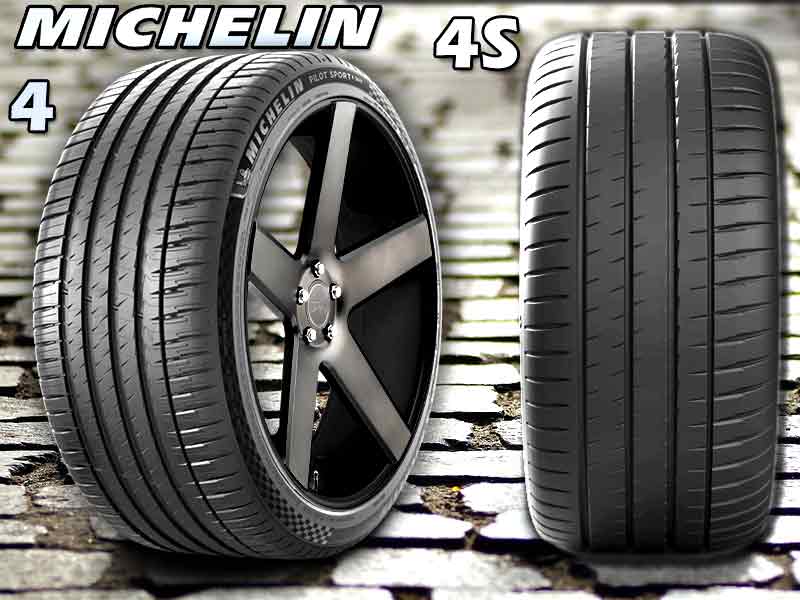
On the other hand, the Michelin Pilot Sport 4s also offers a symmetrical tread pattern with a closed shoulder design for maximum contact with the surface.
Let’s check out both of these guys in details.
Table of Contents
Comparing Pilot Sport 4 VS 4S
Michelin Pilot Sport 4s

Michelin Pilot Sport 4
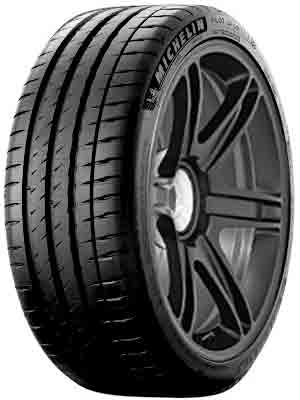
The Michelin Pilot Sport 4 is acclaimed by European Test Magazines.
It is provided with Dynamic Response Technology which awards it with highly efficient steering management, enhancing its road reactivity and driving comfort. Its ultra-reactive tread structure promotes its performance on wet surfaces.
Its composition also includes a blend of hydrophobic silica and elastomers which allows maximum grip on wet surfaces.
Moreover, it is equipped with a hybrid Aramid and a Nylon belt which promotes longevity.
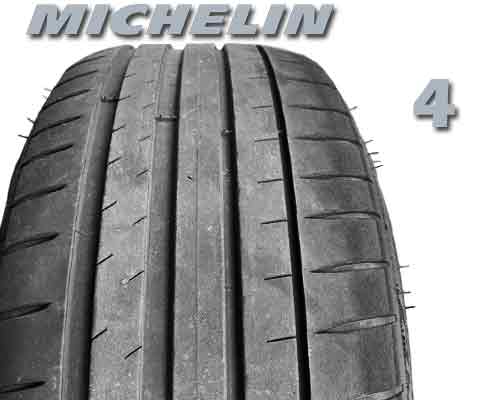

On the other side, the Michelin Pilot Sport 4S is acclaimed by well-known Premium Car Manufacturers.
It also includes Dynamic Response Technology with an ultra-reactive tread design which allows precise steering management and promotes its reactivity on wet and dry paths.
Its wet and dry traction is further enhanced by Michelin’s Bi-Compound Technology.
Its tread composition also includes hydrophobic silica and functional elastomers for a strong wet grip.
Moreover, its sidewalls are finished with a Premium touch, shady velvet effect which intensifies its outlook. Also, it offers a rim protector which provides safety against wheel damage.
Road Grip Comparison
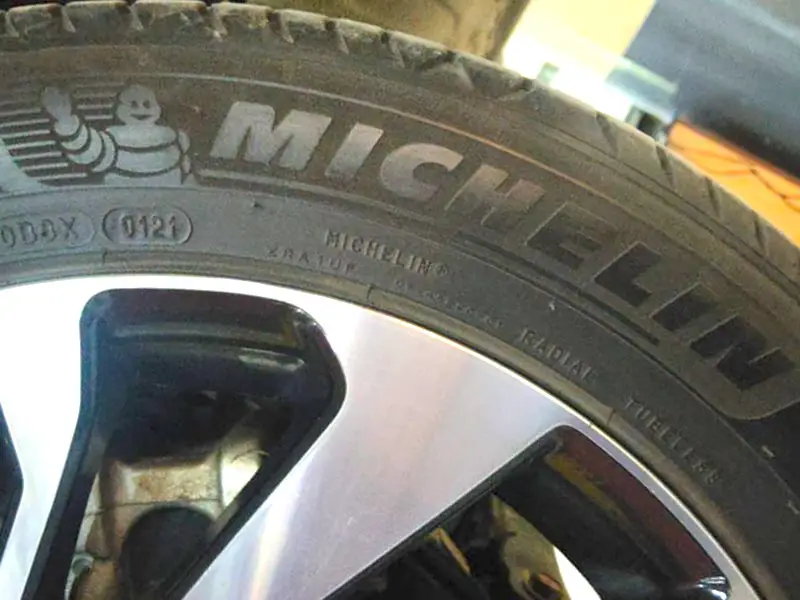
The Pilot Sport 4 has a comparatively higher void ratio which reduces its grip on dry paths.
Its sipes allow good traction on wet surfaces but its lower contact patch positions it second to its counterpart. Similarly on icy paths, its lower tread contact with ice reduces its grip.
However, on snowy surfaces, it is comparatively better as it has wider grooves which are effective in making a stronger grip.
Pilot Sport 4S offers a comparatively greater contact patch which gives it an edge over its rival in providing a stronger grip on dry roads.
Similarly, its greater tread contact and comparatively abundant sipes on the central tread promote its traction on wet paths.
Also on icy roads, it takes the lead due to its lower void ratio.
However, its comparatively narrower grooves are less effective in giving strong traction on snow.
Handling Comparison
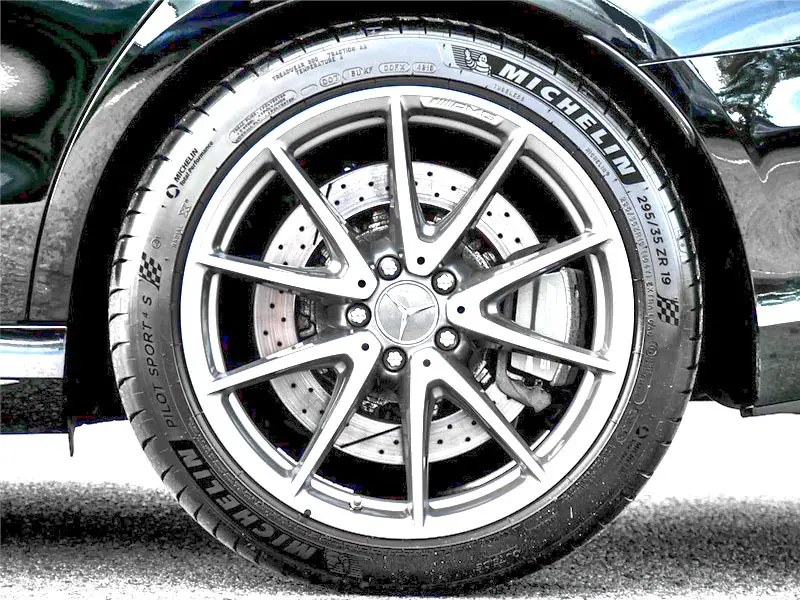
Comparatively narrower shoulder channels of Pilot Sport 4 offer more shoulder contact with the ground. So, a lower void ratio of its shoulder ribs gives slightly better handling on dry surfaces.
However, its sipes are equally efficient as that of its counterpart but a comparatively greater contact patch of its shoulders results in better steering response on wet surfaces.
Similarly, it is preferable on ice due to its broader shoulder blocks which efficiently prevent slipping while cornering.
However, its handling on snowy paths is not as effective as that is its counterpart as its narrower shoulder grooves are less active in biting snow to promote its traction.
The comparatively lower contact patch of the shoulder ribs of Pilot Sport 4S reduces its stability and steering control efficiency on dry surfaces.
Similarly, the lower contact patch of its shoulders reduces its handling efficacy on wet paths as well.
On ice-covered paths, its less effective stability is also due to the lesser tread contact of its shoulders.
However, on snowy paths, its comparatively wider shoulder channels provide it with more prominent biting edges to promote its steering response.
Comparison of Hydroplaning Resistance
Both tires have similar and equally efficient sipe distribution.
Both offer hydrophobic silica and functional elastomers in their tread which improve their hydroplaning resistance.
So, void ratio is the only standard left to compare their grip and stability on wet paths.
Pilot Sport 4 offers comparatively lower tread contact with the surface as it has wider grooves which increases its hydroplaning resistance.
However, it isn’t much stable while cornering due to the comparatively lower grooves length of its shoulders.
Pilot Sport 4S allows a greater area of its tread to make a grip on the road.
Hence, it is less tractive in hydroplaning conditions and offers higher resistance against aquaplaning.
However, its comparatively higher shoulder void ratio increases its handling while taking turns in heavy rain.
Therefore, both are almost equally good in providing hydroplaning resistance but the overall lower void ratio of 4 allows it to dominate.
Comparison of Rolling Resistance
Pilot Sport 4 offers lower rolling resistance as it allows a comparatively smaller portion of its tread to make contact with the road.
So, lesser energy will be employed in rolling it, resulting in higher fuel efficiency.
Whereas, Pilot Sport 4S offers a higher rolling resistance as it has a comparatively greater contact patch which demands more energy in moving it over the surface, resulting in more fuel consumption.
Comparison of Noise and Comfort
Pilot Sport 4 offers broader grooves which serve as the basis for more noise production.
Its grooves capture more air particles into them which strike the groove walls and produce comparatively more noise as the tire rolls.
Pilot Sport 4S is comparatively quieter and smoother as it has leaner grooves which trap fewer air particles into them. These air particles produce less noise as compared to its peer, so it is a comparatively more comfortable tire.
Tread Compound and Structure Comparison
The composition of Pilot Sport 4 includes hydrophobic silica with functional elastomers for excellent flexibility. It is provided with an ultra-reactive tread design and Dynamic Response Technology for efficient traction on dry and wet paths.
For exceptional longevity, it offers a hybrid aramid and a nylon belt. Plus, it has a symmetrical tread design with three middle ribs. Its sipes like its counterpart, emerge as minor cuts over its central ribs.
Pilot Sport 4S, inaugurated from Endurance Racing offers a Michelin Multi-Compound Construction. Its main tread compound is hydrophobic silica with functional elastomers.
For excellent wet and dry traction, it also has an ultra-reactive tread pattern with Dynamic Response Technology.
It is provided with Michelin’s Bi-Compound Technology as well for resistance against hydroplaning. Its Premium Touch sidewall finishing adds to its attractiveness.
Moreover, it also has a symmetrical tread design with three central tread layers having highly efficient sipes over them.
| Composition and Structure | Both Tires: |
| Tread Composition | Hydrophobic Silica with elastomers |
| Tread Design | Symmetrical |
| Central Ribs | Three |
| Sipes | 3D Rectilinear |
| Central Grooves | Wider |
| Shoulder Channels | Narrower |
Treadwear and Durability Comparison
Pilot Sport 4 having a lower void ratio and rolling resistance should allow lesser tread wearing but due to its comparatively weaker tread composition, it has a slightly shorter tread life.
Pilot Sport 4S, however, due to its greater contact patch offers comparatively more tread wear but its stronger tread composition awards it a slightly longer tread life.
| Durability | Pilot Sport 4 | Pilot Sport 4S |
| Treadwear Warranty | 20,000 miles | 30,000 miles |
| Uniformity Warranty | 1 year first 2/32” | 1 year first 2/32” |
| Workmanship Warranty | 6 years | 6 years |
So what’s the verdict?
Well in comparison, the Michelin Pilot Sport 4 provides you with overall better grip on snowy rods and provides you with a great overall steering response on dry asphalts.
The tire is also more fuel efficient in comparison.
On the other side, the Michelin Pilot Sport 4S has a stronger grip on wet roads, and the tire provides you with more comfort and longer tread life with it’s harder compound.


